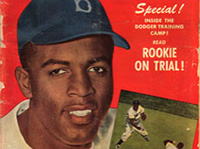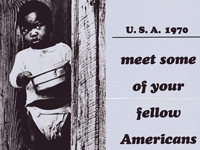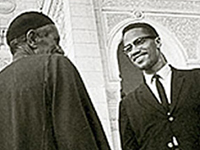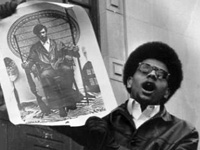The practice of segregated seating at Woolworth’s lunch counters gained national headlines after the Greensboro (NC) sit-ins of 1960. Woolworth’s declared it would continue to abide by its official policy of following “local custom” (i.e. segregated seating in the South). Even as they reported “progress” from time to time in the number of integrated stores in the Woolworth’s chain, they did not abandon the “local custom” policy.
On May 28, 1963, civil rights activists staged a sit-in at the Jackson, Mississippi Woolworth’s lunch counter to protest its segregated seating. There were, at first, two African American women and one African American man from nearby Tougaloo College who took a seat at the lunch counter. They were later joined five other Tougaloo students and professors, white and black. The protestors were attacked by a white mob that punched, spat, screamed obscenities, poured hot coffee, syrup, salt, pepper, and mustard over the protestors until the police, who had been standing idly by, moved in. The vivid pictures from the event turned a local protest into a mass movement against segregation in Jackson.
The sit-in galvanized Jackson’s black community and caught the attention of the Kennedy Administration. Two weeks later, one of the movement’s leaders, Medgar Evers of the Southern Christian Leadership Conference, and a World War II veteran, was murdered in Jackson by local Ku Klux Klan member Byron De La Beckwith, putting even greater pressure on local leaders and the Kennedy Justice Department to ease tensions. The Kennedy Administration helped broker an agreement between local African American leaders and the mayor’s office to promote a few black city workers and to hire a small number of black police officers to patrol their own neighborhoods. In return, the local leadership of the black community agreed to call off protests and demonstrations, much to the chagrin of younger African American activists.
Hoping to avoid further disturbances, the owner of the Jackson Woolworth’s closed the lunch counter shortly after the sit-in. Public accommodations in Jackson remained segregated until passage of the Civil Rights Act in July 1964. Woolworth officials at that time announced that the company would “now be able to serve all its customers in all its stores on a desegregated basis.”





